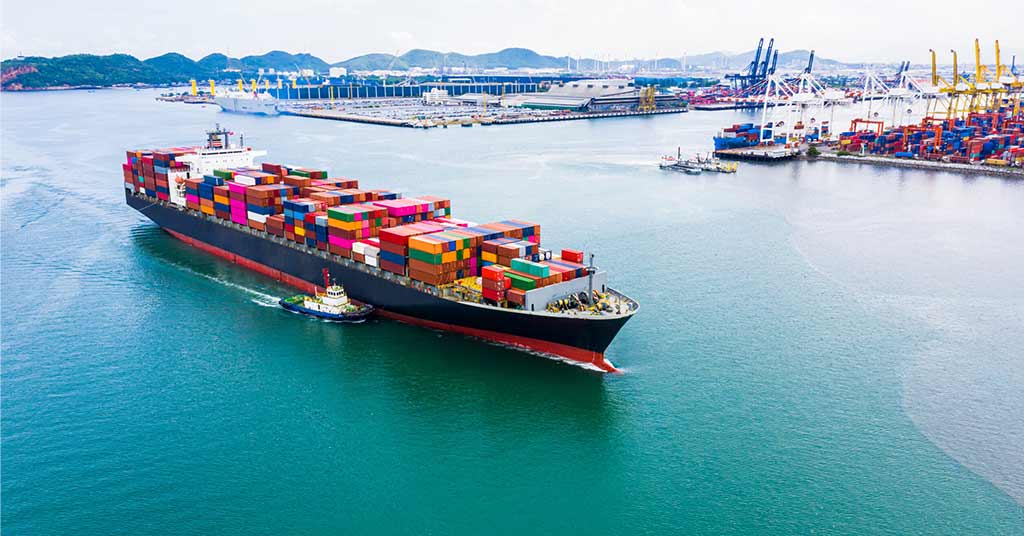Welcome To ChemAnalyst

Europe: Aluminium producers are expected to face challenging times ahead as prices for the products have been subdued in FY-2024 and are expected to remain under pressure soon. Despite the cost support fading, the demand for Aluminium has failed to recover in the second quarter of 2023, with weak demand in building, construction, and packaging sectors. Thermal coal prices have fallen by 25% over the last two months, Aluminium spreads have risen to 40% above the mean. Unfortunately, falling thermal coal prices are likely to negatively impact Indian Aluminium producers, as their relative cost advantage over global competitors diminishes.
Thermal coal prices have corrected 25 per cent in the past two months, raising the Aluminium spreads to 40 per cent above the mean. Indian aluminium producers are facing an additional challenge as international thermal coal prices continue to fall, further narrowing their relative cost advantage over global competitors. According to a recent report, Indian producers have traditionally benefited from a cost advantage by relying on cheaper domestic coal, compared with their global counterparts who use more expensive Australian or South African thermal coal or natural gas.
India's Aluminium exports to the European Union (EU) may no longer be feasible following the implementation of the Cross-Border Adjustment Mechanism (CBAM). The CBAM is aimed at reducing the EU's Carbon footprint and achieving Net-Zero Carbon emissions by 2050. The transition phase under CBAM will begin in October and initially cover iron and steel, cement, Aluminium, fertilisers, and electricity. Importers in the EU will need to disclose the Carbon emissions contained in goods on a quarterly basis. A 100% free allowance will apply at the start, but it will be gradually phased out from 2026 and removed entirely by 2034.
Indian Aluminium manufacturers. India produces 4.1 million tonnes of primary Aluminium each year, which accounts for 6% of the global production. Out of this, 2.3 MT, or 56%, is exported to EU, making it one of the lowest-cost producers globally, thanks to its integrated operations and low costs of power generation through coal-based captive plants. However, primary Aluminium production is an energy-intensive process and requires 13,500-14,500 kWh of energy to produce 1 tonne of Aluminium. The resulting Carbon emissions depend on the energy source used, with higher emissions from sources with a higher environmental impact. Primary Aluminium accounted for 29% of the $74.8 billion of merchandise exports from India to the EU in fiscal 2023.
China dominates the global Aluminium production, accounting for 59% of the total share. However, it has one of the highest greenhouse gas (GHG) intensities, with 17-18 tonne CO2 per tonne of Aluminium (tCO2/t Al), because of relying on coal-based power plants that meet over 80% of its power requirement. In contrast, Europe boasts one of the lowest GHG intensities due to the use of hydropower that fulfils 93% of its power requirement.
India's Aluminium production relies on coal-based captive plants, making its GHG emission intensity one of the highest globally. As a result, India is likely to face significant challenges due to the Carbon Border Adjustment Mechanism (CBAM), which penalizes high-emission industries. Compared to major competitors in the Middle East, Canada, Norway, and Iceland, Indian manufacturers are at a disadvantage due to their high emission intensity. With the expansion of capacities in Middle Eastern countries, regional competitors are expected to benefit from CBAM implementation. However, domestic Indian manufacturers including Vedanta, Hindalco, and NALCO are taking steps to reduce their GHG emissions.
Vedanta plans to decrease absolute emissions by 25% by 2030 compared to fiscal year 2021, while Hindalco aims to reduce specific GHG emissions by 25% by 2025 from fiscal year 2012 levels. NALCO has aligned its goals with India's target of increasing the share of non-fossil power sources to 40% by 2030 and reducing GHG emissions.
Despite concerted efforts by domestic manufacturers to reduce emissions, the emission intensity gap is unlikely to narrow significantly due to coal-based power generation. Even if domestic players decrease emissions intensity by 20-25% by fiscal year 2030, the European market will not be viable. This is because there are no new capacity additions taking place, making Europe import-dependent and driving prices higher. Indian primary Aluminium producers may have to redirect their production to other developing economies such as southeast Asia, Africa, and even China to offset this revenue shortfall.
We use cookies to deliver the best possible experience on our website. To learn more, visit our Privacy Policy. By continuing to use this site or by closing this box, you consent to our use of cookies. More info.
